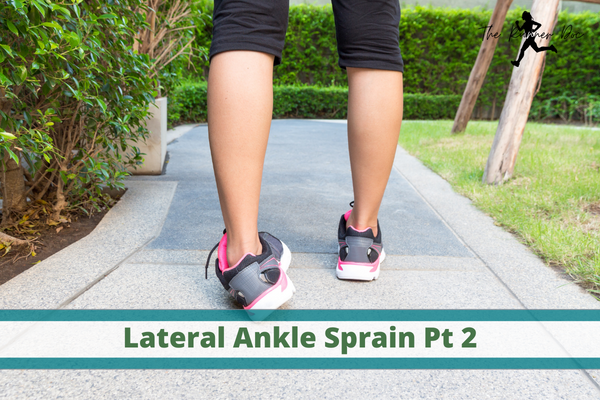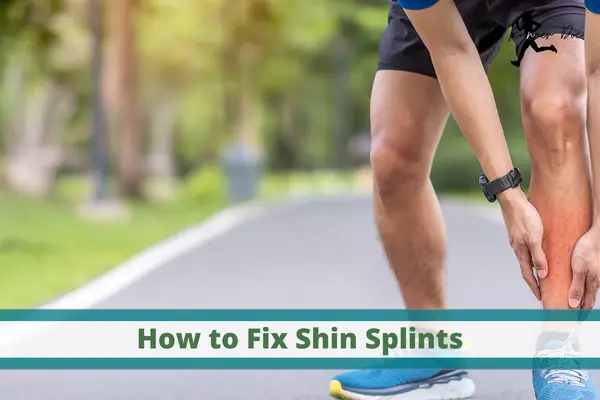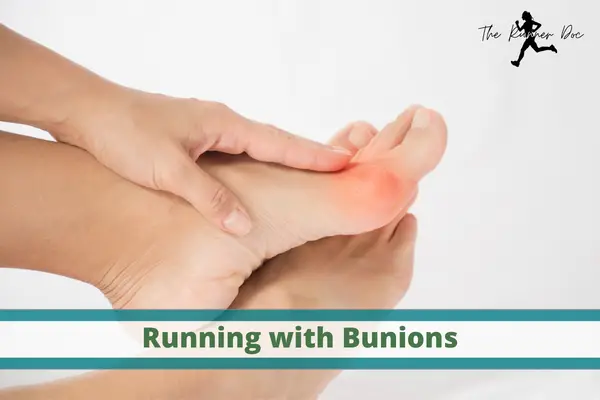Finally Reclaim Your Stride: How to Tackle the Sub-Acute Phase of Lateral Ankle Sprain Treatment for Runners: Part 2 of 3
Take the Next Step: Part 2 of Lateral Ankle Sprain Treatment for Runners.
Lateral ankle sprains are not only the most prevalent lower-body injury sustained during physical activities and sports, but they also boast one of the highest rates of re-injury. This makes them a particularly challenging and annoying type of injury to manage.
During part 1 of this 3-part series, Lateral Ankle Sprains Acute Phase, I discussed the acute phase of recovery, which includes the initial treatment steps and how to manage symptoms.
In this second article, I’ll be discussing how to progress through the sub-acute phase of healing and rehabilitation with a variety of exercises focusing on ankle mobility, strength, balance, and proprioception. The exercises are designed to help you regain strength and function in the ankle, as well as reduce the risk of re-injury.
(THIS POST PROBABLY CONTAINS AFFILIATE LINKS. OUR FULL DISCLOSURE POLICY IS REALLY BORING, BUT YOU CAN FIND IT HERE.)
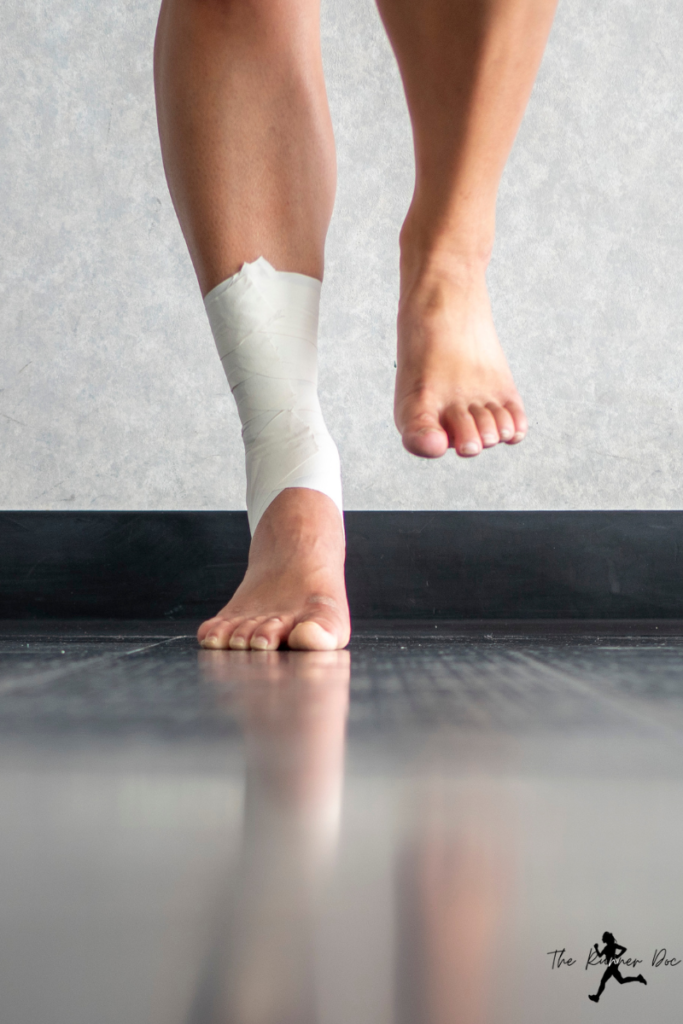
What is the Sub-Acute Phase of Lateral Ankle Sprains?
The sub-acute phase of healing with lateral ankle sprains in runners is typically considered from days 5 – 21 post-injury but can vary depending on severity. This is true only for grade 1 and 2 sprains.
During this time period, it is important to focus on restoring the normal range of motion and motor control of the ankle, while gradually progressing to more challenging exercises.
As you progress out of the intermediate stage, it’ll be entirely based on your symptoms. You should have a balanced weight between both feet without noticing an increase in ankle pain. The joint may still feel rigid, but now is the time to begin walking again and restoring its range of motion with lightly resisted exercises.
Can You Run During the Sub-Acute Phase of Lateral Anke Sprains?
There are varying opinions on this subject. Generally speaking, it is not recommended to run during the sub-acute phase of lateral ankle sprains since this stage should be focused on restoring a normal range of motion and motor control.
It is possible to introduce light running if symptoms are minimal and there is no pain or swelling. However, the recommendation would generally be to wait until you have progressed through the sub-acute phase and you are feeling more confident with walking before introducing running.

The main concern with running during this phase is pain and compensatory strategies, meaning a limp. If your running gait has been affected at all due to pain from the ankle sprain then it is probably best not to run, we don’t want to create bad habits.
Stick with walking and biking to maintain your running fitness until you are able to resume running.
However, if you can run without any change in running gait and with less than a 3/10 pain during the run then go for it! Just keep it short and stick with easy runs. Wait to do the more aggressive speed work and long runs until you have healed more. You should also stick to nice, flat, and safe surfaces. This is where a treadmill also comes in handy.
Exercises to Improve Mobility, Strength, Balance, and Proprioception in the Ankle
During this phase of recovery, it is important to focus on four key areas: mobility, strength, balance, and proprioception. Here are a few exercises that can help with each of these.
1. Mobility: Ankle Dorsiflexion
2. Strength: Eccentric Calf Raises, wall sits with heel raise, and 4-way ankle Theraband
3. Balance: Standing on one leg
4. Proprioception: Stationary bilateral pogo jumps
Tips for Progressing Through the Sub-Acute Phase Safely
It is important to progress gradually through these exercises and you should always listen to your body. If an exercise causes increased pain, adjust to a less demanding exercise until you are able to progress again.
When to Progress to Final Stage Ankle Sprain Exercises?
Once you have completed all of the exercises in the sub-acute phase and are no longer experiencing pain or discomfort, you can move on to more challenging exercises. These include plyometric drills, agility drills, and finally running drills.
This phase can take anywhere from 1-3 weeks depending on the severity of the sprain.
Final Thoughts on Intermediate Phase Ankle Sprain Rehab for Runners
The intermediate phase of rehabilitation for lateral ankle sprains in runners focuses on restoring mobility, strength, balance, and proprioception. It is important to progress slowly and listen to your body while progressing through this stage. As you near the end of the sub-acute phase, it is possible to start running again if the pain and swelling have subsided and you are able to fully bear weight when walking without a limp.
Ultimately, the goal of this stage is to have a functioning ankle joint without pain or swelling. With a little bit of patience and dedication, runners can return to their full training schedule soon!
AFFILIATE DISCLOSURE
As an Amazon Associate, I earn from qualifying purchases. This post may contain affiliate links. If you use these links to buy something we may earn a commission. The Site may contain links to affiliate websites, and we receive an affiliate commission for any purchases made by you on the affiliate website using such links.
All information should be used as a tool for more knowledge on the subject topic, to use as references for later articles where applicable, or just to keep it in mind during future exercise routines or activities.
This article is not meant to give medical advice or to replace professional health care. Should any ailment occur please contact your doctor or physical therapist immediately to keep yourself safe and prevent further damage.
The author is not liable for any personal or commercial damage directly or indirectly related to the content hereof. You are responsible for adhering to local laws and regulations regarding health & safety, including proper use of equipment or safety gear, and compliance with governing healthcare associations, and state, and federal regulations.
Intermediate phase Lateral Ankle Sprain Recovery for Runners
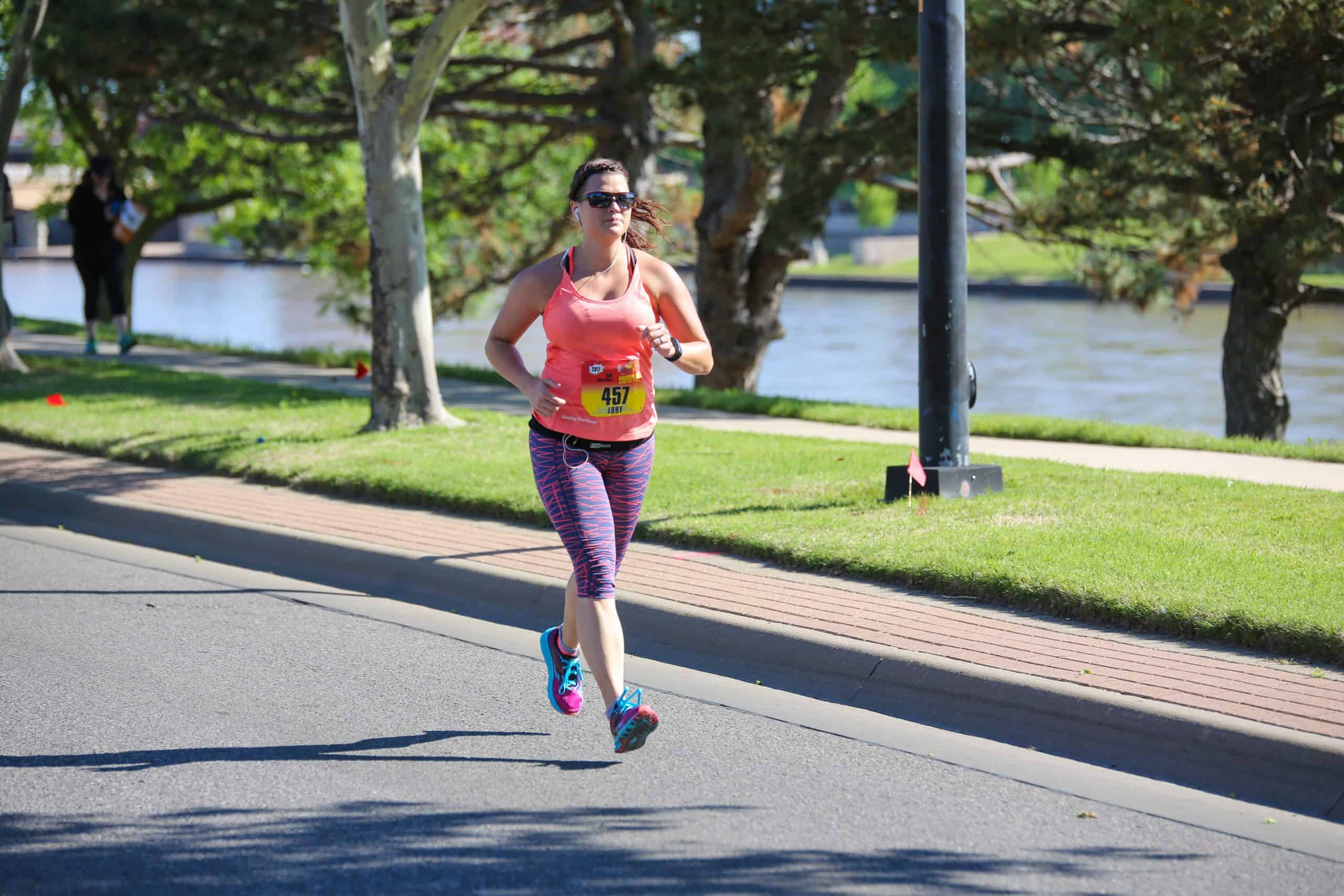
Dr. Abby Siler, PT, DPT is a Physical Therapist with 10 years of experience in a variety of settings. She has spent the majority of her time treating athletes in orthopedic clinics and worker’s compensation cases. She is a runner herself for the past 15 years and a lifelong athlete. Dr. Abby loves to teach runners how to stay injury free and out of her clinic.

